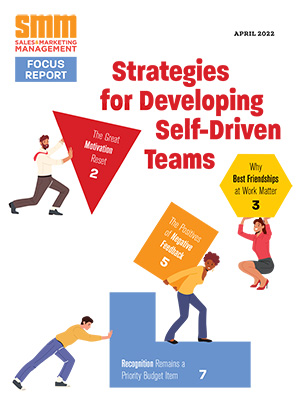 In welcoming this year’s incoming freshman class and a handful of transfer students at a convocation, Macalester College President Brian Rosenberg told the students’ parents, who were also in the audience, that he expects their children will flourish during their first year away from home. But he warned them that they have to give their children room to succeed.
In welcoming this year’s incoming freshman class and a handful of transfer students at a convocation, Macalester College President Brian Rosenberg told the students’ parents, who were also in the audience, that he expects their children will flourish during their first year away from home. But he warned them that they have to give their children room to succeed.
We have supplanted the era of the “helicopter parent” with “snowplow parents,” Rosenberg said, adding quickly that he could relate because he dropped his youngest child off at college only a day before. Parents want to clear every path that their children are headed down.
Now that these young men and women would be on their own and clearing their own paths, well, that is the very definition of maturing, Rosenberg said.
It sounded a lot like the message that business professor J. Keith Murnighan delivers in his new book, “Do Nothing! How to Stop Overmanaging and Become a Great Leader.” Murnighan, who teaches at the Kellogg School of Management at Northwestern University, is on the same page as Rosenberg. Parents don’t have a choice to cease being the snowplow for their children once they have left them on campus. Similarly, in order to allow their team members to grow, managers must find a way to stop themselves from clearing every path, Murnighan argues.
“People on your team will reveal skills you never knew they had, and will accomplish things that go far beyond your estimate of their capabilities. They might not do things the way you would do them, but they will get results you never expected — positive results — because everyone has hidden talents, and most leaders never discover them,” he argues.
In a review of Murnighan’s book in the Toronto Globe and Mail, Harvey Schachter comments that Murnighan “is not really recommending that managers sit in their chairs with their feet up on the desk and fingers crossed that this odd bit of management advice will work. The essence is to stop getting involved in day-to-day details but still lead. Too often, people are promoted for being very productive at doing tasks, and then can’t learn to let others strut their stuff.”
Your role as a manager is to be a facilitator and orchestrator. Help your staff to get their work done, rather than interfere with their work. Orchestrate the work of team members, so that things go smoothly, with a hands-off approach and a collaborative mood.
“A leader’s job is not to do things. Instead, leaders do best when they help other people do as much as they can as well as they can,” Murnighan states. “If each and every member of a team lives up to their maximum potential, the team and its leader will be as successful as they can possibly be.”
If doing nothing sounds like it has expanded to doing two things — facilitating and orchestrating — it doesn’t stop there. He adds two more guidelines, which can be summarized under the phrase “bear down warmly,” Schachter says in his review.
First, to be effective, leaders must push people to do more than they otherwise would. That can come from encouragement, expressing high expectations (because people try to live up to the expectations of others) and, when necessary, an assertive push. He says research shows that to be more effective, leaders must ask people to do more than they otherwise would. They may not like you for this, of course, which is why leadership can be lonely.
Second, research shows you must sincerely care about your staff if you
want to be an effective leader. If you think back to the best leaders you have had over your career, a common trait will be they cared about you as a person. Your team members must know you care about them.
“Pushing people to do more, while also showing that you care about them, is the great balancing act every leader faces,” Schachter states in his review. “In essence, it boils down to the conundrum of tough love. You aren’t seeking to be likeable. You are seeking to be respected and trusted — and effective. All while doing nothing (well, sort of nothing).”
Murnighan highlights another dilemma for managers: Team members want democracy and the chance to have input about decisions, but the leader feels responsible for the group and usually wants to take control, thus reducing democracy. “Both feelings are natural, but they are in direct conflict with each other,” he states.
“Leadership does not have to be wildly complicated. Make sure that people have voice; do all that you can to help them feel psychologically safe; set up structures that encourage them to do well and move in what you hope is the best direction possible. Then help them to do that to the best of their abilities. It doesn’t have to be hard,” he writes.


